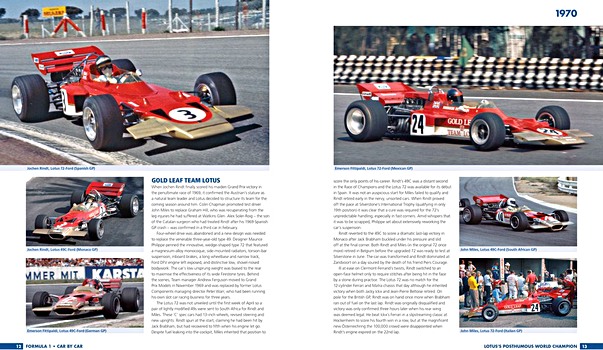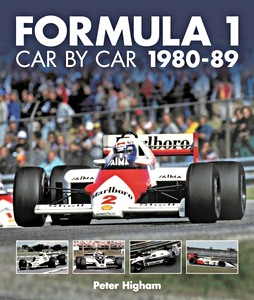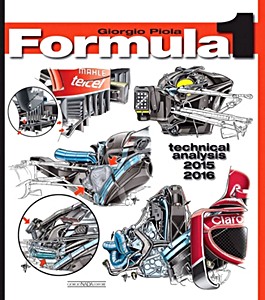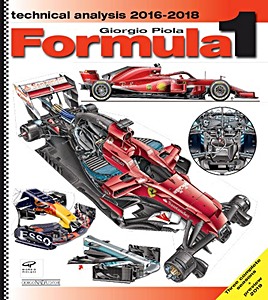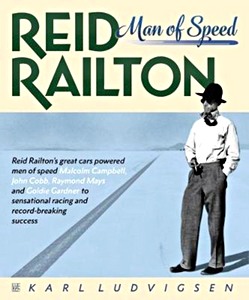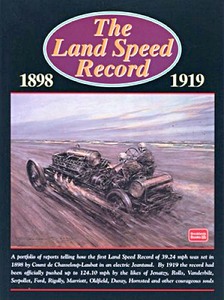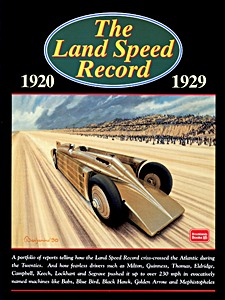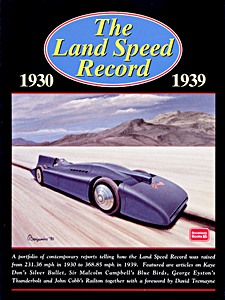Formula 1 - Car by Car 1960-69
This book is the first in a multi-volume, decade-by-decade series covering the entire history of Formula 1 through its teams and cars. The series launches with the 1960s, when the British came to predominate after the rule of Italian and German manufacturers in the previous decade.
Year-by-year treatment covers each season in fascinating depth, running through the teams - and their various cars - in order of importance.Works teams form the core of the book: BRM, Ferrari and Lotus participated throughout the decade, while Cooper, Porsche, Honda, Brabham, Eagle, McLaren and Matra were the other winning marques.
Privateer teams in all their colourful diversity are a special dimension of this book, topped by Rob Walker Racing, the finest privateer operation in Formula 1 history, and a winner in this decade with Stirling Moss and Jo Siffert.
Over 400 photos - in colour wherever possible - show every type of car raced by every team, presenting a comprehensive survey of all participants.The sweep of the decade covers rapid technical development, including monocoque chassis, ever-wider tyres and aerodynamic wings.
Detailed text includes car specifications and technical essentials.
Detalle del libro
| Autor: | Peter Higham |
|---|---|
| Presentación: | 300 páginas, 29 x 24.5 x 2.4 cm, tapa dura |
| Ilustración: | 400 fotos en b/n y color |
| Editorial: | Evro Publishing (GB, 2016) |
| ISBN: | 9781910505182 |

Formula 1 - Car by Car 1960-69
Idioma: Inglés
Disponible en Amazon - pago segura y entrega rápido
Comprar en Amazon ESComprar en Amazon.com


